How does fermentation affect the development of coffee flavor?
Follow the caf é (Wechat official account vdailycom) and found that Beautiful Cafe opened a small shop of its own.
In the 2015 World Barista Competition (WBC), Sasa Sestic won the competition with a water-washed bean (washed carbonic macerated) treated with carbon dioxide impregnation. Two years later he had his own farm and became more interested in coffee bean fermentation.
Sasa talks about how fermentation affects flavor development, coffee quality and even price. In this article, he explains some of the above issues in more detail.
Why are we talking about fermentation? SaSa thinks we know very little about fermentation, and it's so important.
"I have tasted 50 different ways of handling coffee in different parts of the world, including my own coffee. I am aware of the inconsistency caused by traditional treatment methods / techniques, especially fermentation has the greatest impact on inconsistency. In some cases, the effect of fermentation on the quality of fine coffee will be about plus or minus 8 points. For fine coffee with a score of 80-92 (100 points), 8 points means a huge difference in quality / flavor.
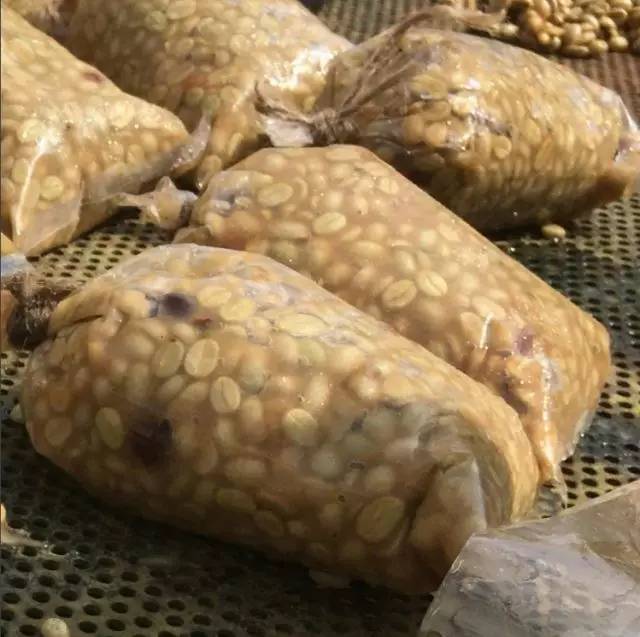
What is fermentation?
In short, fermentation is a process in which sugars and starch are decomposed and converted into alcohol or acid. Yeast and bacteria play a key role in fermentation. The yeast called Sacromises cerevisiae is a natural microbe. Found in grapes, cocoa, and other fruits. It is mainly used in wine making, cocoa processing and coffee processing. Bacteria mainly refer to lactic acid bacteria.
Different biological changes take place in the natural fermentation of coffee. Yeast produces enzymes and lactic acid bacteria decompose the sugar in coffee pectin. Lipids, proteins and acids in sugars are degraded and converted into alkyd (alcohol acidic acids). The smell, color and pH of coffee will change, and so will the pectin composition of coffee.
There are many fermentation methods, two of which require special attention: dry fermentation (dry fermentation) and wet fermentation (wet fermentation).
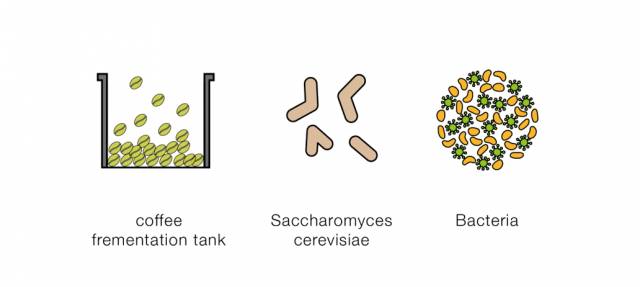
Dry fermentation and its flavor characteristics
Put the coffee with pulp and pectin on the surface in a concrete fermentation tank. Dry fermentation helps to improve the sweetness, chocolate and fruit flavor characteristics of the coffee. Dry fermentation is also accompanied by a challenge: controlling the temperature. Temperature affects the degree of fermentation, poor temperature control will have a negative impact on the consistency and flavor of coffee.
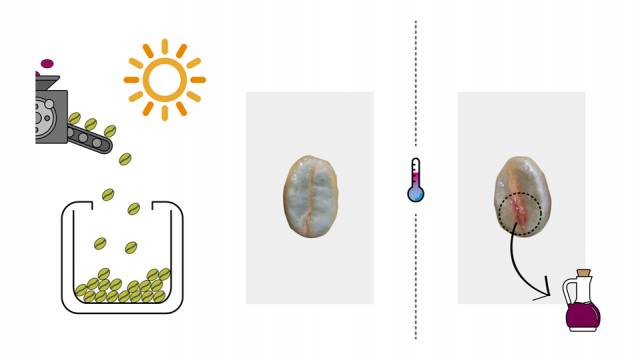
As shown in the picture: the coffee beans on the left fermented for 24 hours at an average temperature of 16 degrees Celsius, the coffee tastes well balanced. While the fermentation temperature of the coffee bean on the right is 26 degrees Celsius and the fermentation time is 24 hours, you can see that the coffee bean is partially pink, which will cause the coffee to produce vinegar flavor and will have some dry and metallic characteristics in the taste. This is due to the alkyd produced in fermentation.
Wet fermentation and its flavor characteristics
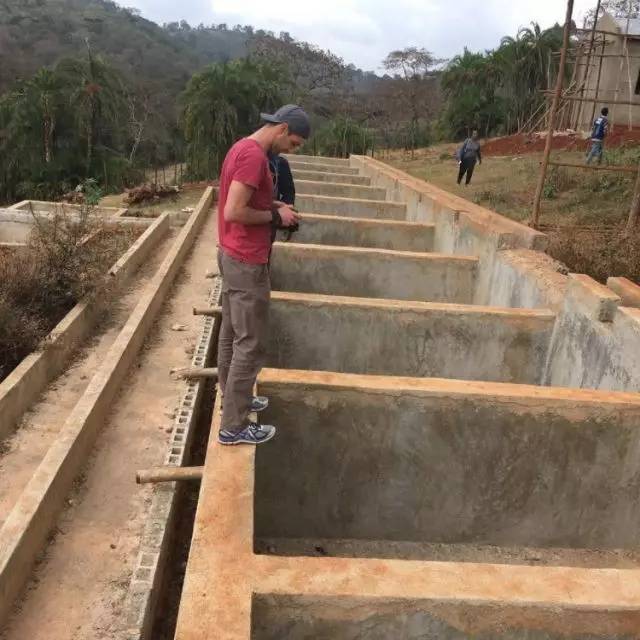
Ethiopia / cement fermentation pond
Wet fermentation is sometimes called "double washing" double washed, "double fermentation" double fermented, "Kenyan water washing", and so on. This treatment is common in East Africa and can improve purity.
"after removing the peel and pulp of the coffee, we soak the coffee with parchment in water, which can prolong the fermentation time and produce a soft mellow thickness, complex acidity, and more subtle flavor." SaSa said.
This also brings some problems, different temperature and water quality will become important influencing factors.
"A few years ago, Raul Riviera from Santa Rosa Farm in El Salvador and I did some experiments in which we used Rain Water to ferment coffee instead of spring water. Rain Water could absorb more fruit and sugar from the coffee. As a result, the coffee tasted mediocre and had no characteristics. We deducted 5 points for this in the cup score."
We still need to explore and learn more about the effects of different water quality on coffee fermentation.
Let's compare the different fermentation water.
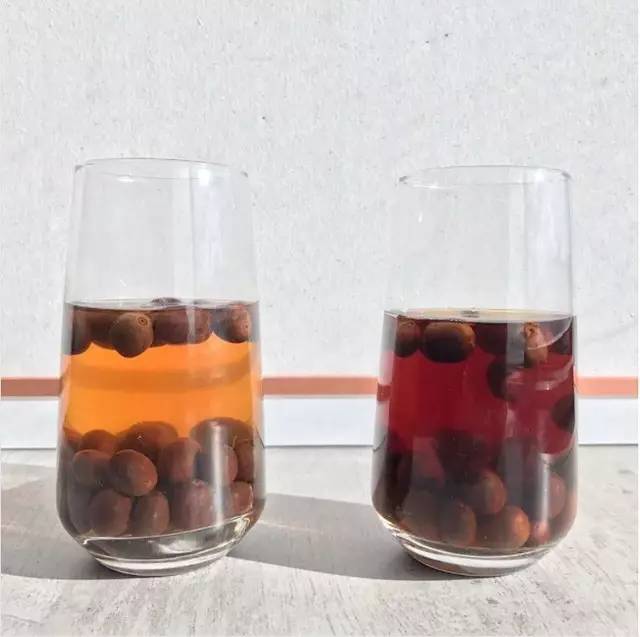
Comparison of spring water (left) and Rain Water (right): 7.5 pH,TDS 180, pH 6.5 TDS 30. Soaking time: 30 hours
More data, better coffee.
Sasa is one of the few industry leaders to experiment with different treatments, from his newly developed ice treatment (details will not be known until his book is published) to carbon dioxide fermentation.
In addition to some research on coffee, he also turned his attention to wine and beer. "Tim Kirk, the owner of the Clonakilla winery, helped me a lot and inspired me. His winery is not far from my house and is also in Canberra. "
The first time I met Tim left a deep impression on me. He knows when it will rain on the plantation, as well as the temperature of the wind and its effect on the flavor of the wine. It surprised me. I have never seen a man who knows so much about climate as he does, and he is very clear about the impact of climate on products. "
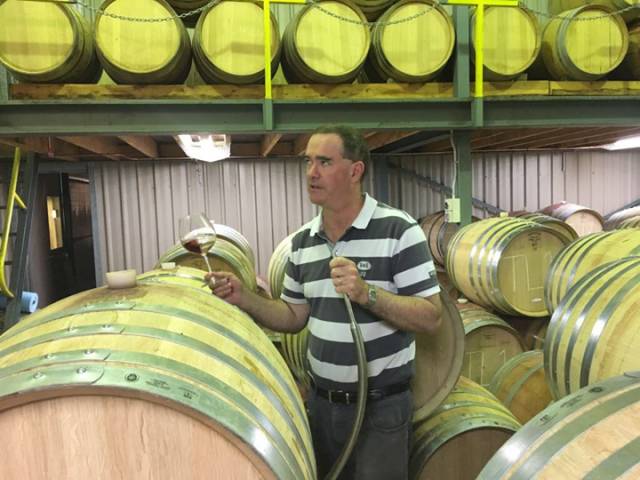
Tim Kirk
Tim not only understands the impact of climate change but also can control it. Tim controls the temperature and humidity of the fermentation environment, and he can create different flavors of wine by controlling temperature and time.
Double-layer insulated stainless steel containers are used to improve the cleanliness of fermentation. Monitor and record pH, alcohol and carbon dioxide to ensure the consistency he expects. " This method of processing with accurate data as the core affects the way Sasa handles coffee.
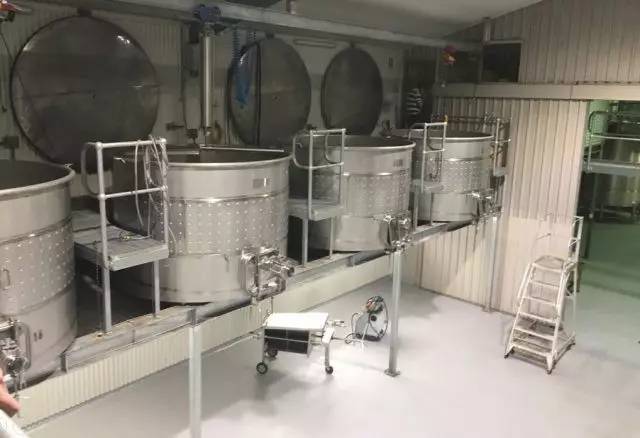
Stainless steel fermentation buckets used in wineries
Fermentation experiment
"I want to create a technology that improves aroma and flavor and strives for a fine balance between acidity and sweetness in taste. More importantly, this technology can be replicated on a large scale, just like the technology used by Tim in wineries. " Sasa said.
The following is the experimental process of Sasa in the brewery: 1 remove the peel and pulp of coffee in a stainless steel fermentor. Stainless steel can be used to create a clean taste, and the fermentor can move between fermentation rooms at different temperatures.
The second step is to move the fermentor indoors so that the temperature can be easily controlled. We can learn more about the influencing factors by collecting data. "if you want to get more complex acidity, the fermentation time needs to be carried out at a low temperature of 4-8. Increasing sweetness can keep the temperature at 18-20 degrees Celsius.
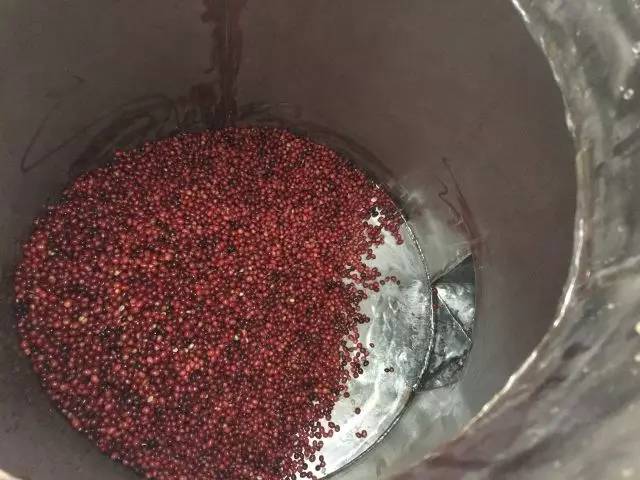
Coffee berries in stainless steel fermentation buckets
(3) cover and seal the fermentor. In this way, more aromatic compounds will be developed and there will be more flowers in the coffee.
4 finally inject carbon dioxide: this is a decisive step. "the injection of carbon dioxide creates an oxygen-free environment in the tank, which significantly reduces the rate of decomposition of sugar in coffee pectin. The decrease of pH slows down, which means that a relatively small amount of alkyd is formed.
Carbon dioxide extended the fermentation process to 3 days and the fermentation temperature was 22 ℃. It does not produce a sour taste even at longer fermentation time and lower fermentation temperature. " Like Tim, Sasa records every step carefully so that the fermentation process can be fully replicated.

Carbon dioxide enters the fermentation barrel and oxygen is released from the fermentation barrel.
Continuous improvement
"I had a good cup of coffee at Panama Morgan Manor last year, but I think there is room for improvement in sweetness and aroma. After drinking a few bottles of wine, we decided to try carbon dioxide fermentation. "
We made some changes: "in order to improve sweetness, the fermentation temperature is set at 20 ℃ and the fermentation time is 65 hours, in order to increase the complexity of flavor." As a result, the sweetness is improved, with stronger texture and more unique flavor. The cup test score increased by 2.5 points. "
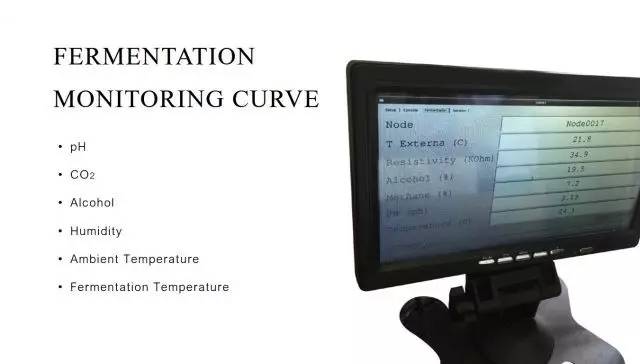
Monitoring and recording of fermentation data
"personally, I don't think any kind of coffee is perfect, and so is the method of handling it. If we can better understand the complexity of different varieties of coffee, as well as their advantages and disadvantages, using carbon dioxide treatment or other controlled fermentation methods, we can highlight the advantages and improve the weakness of coffee, and improve the consistency of coffee treatment. "
Important Notice :
前街咖啡 FrontStreet Coffee has moved to new addredd:
FrontStreet Coffee Address: 315,Donghua East Road,GuangZhou
Tel:020 38364473
- Prev
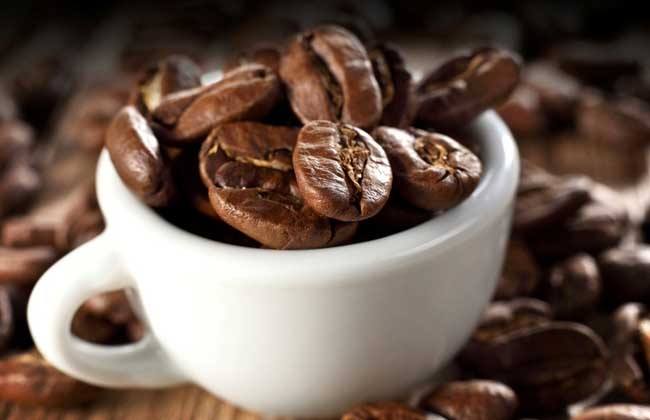
It is marked on the bottle that the tea extract is chemical synthesis.
Follow the caf é (Wechat official account vdailycom) found that the beautiful cafe opened a small shop of its own. If bottled tea uses tea extract, the product label can be marked with tea or tea extract, while if you directly use tea extract made by other manufacturers, it must be clearly marked. Even if hand drinks are everywhere, bottled tea is still irreplaceable! Hot
- Next

What should we pay attention to when baking coffee?
The profession of coffee roaster is not only expressing coffee, but also expressing yourself. Usually we organize roasters to do coffee cup tests in the circle of Changsha, and we can tell which one comes from which roaster by the characteristics of coffee. As a baker, he often seems to realize his ideas in coffee through baking skills. And usually experienced bakers
Related
- Beginners will see the "Coffee pull flower" guide!
- What is the difference between ice blog purified milk and ordinary milk coffee?
- Why is the Philippines the largest producer of crops in Liberia?
- For coffee extraction, should the fine powder be retained?
- How does extracted espresso fill pressed powder? How much strength does it take to press the powder?
- How to make jasmine cold extract coffee? Is the jasmine + latte good?
- Will this little toy really make the coffee taste better? How does Lily Drip affect coffee extraction?
- Will the action of slapping the filter cup also affect coffee extraction?
- What's the difference between powder-to-water ratio and powder-to-liquid ratio?
- What is the Ethiopian local species? What does it have to do with Heirloom native species?

